For years before the Sphenocath, the only truly effective recurring migraine treatment was a sphenopalatine ganglion nerve block, also known as an SPG block. The sphenopalatine ganglion is a bundle of nerves located behind the sinus cavities that carry sensation and other signals and play a role in tearing and the body’s response to nasal congestion. By applying general anesthetic directly to the nerve bundle, it’s possible to halt severe migraines. In some patients, the treatment gives extended relief, preventing future migraines for a time.

Migraine Treatment in the Past
Before the development of the Sphenocath, it was necessary to apply the anesthesia through a needle, inserted through the jaw or the corner of the eye. The procedure was risky and sometimes painful. An x-ray was used to guide the insertion. It was not preferred by either patients or providers, and was used as a last resort, in spite of its effectiveness.
The Introduction of Sphenocath
The Sphenocath was created to address the problems with SPG blocks. Rather than relying upon a needle to insert the anesthesia, the device uses a very thin, flexible plastic tube. The tube is inserted through the patient’s nostril and guided with a fluoroscope. Far less invasive than the previous needle-based procedure, the Sphenocath procedure takes just 10-15 minutes and can be performed in the doctor’s office. Following the procedure, patients can return to normal activities in as little as 20 minutes.
What To Expect
When you come in for your Sphenocath procedure, you’ll be asked to lie down on a special reclined chair. You’ll be tilted with your head slightly back for the procedure. The catheter is gently inserted through the nostril. The procedure is monitored by a trained staff member at all times to ensure safety. The Sphenocath catheter has an angled tip to assist with the placement of the anesthetic. An x-ray machine may be used to guide the placement. Once the anesthetic is applied, you will be able to drive and resume normal activities in less than an hour. No sedation or other medications are required, making this a simple and non-invasive procedure.





